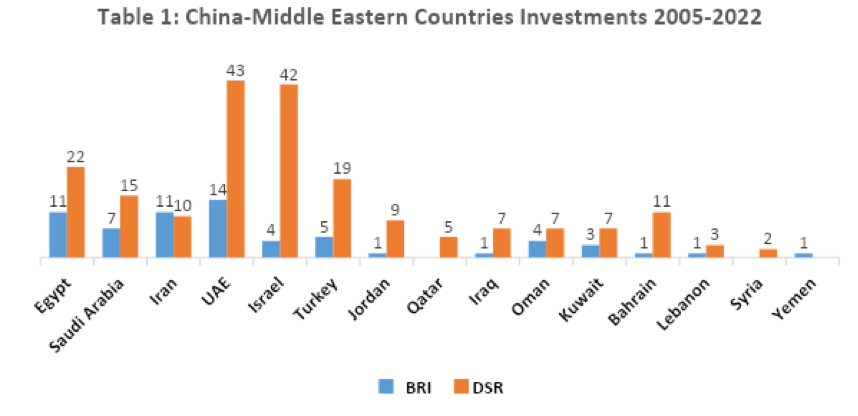Launched in 2013, the Belt and Road Initiative (BRI)—a global infrastructure and development strategy that aims to connect Asia, Africa, and Europe through a network of land and maritime trade routes—was a significant turning point in China’s foreign policy and has become one of the most ambitious and far-reaching development initiatives in history. It is also regarded by many in the West, the United States especially, as a not-so-subtle.
In this light of this, it is worth considering the BRI’s impact in the Middle East. The region, home to a growing middle class, is home to several key international energy and sea trade routes. China’s heavy investment in the Middle East in recent years, including through the BRI, is thus of particular concern to Washington. Reviewing how such efforts have fared over the past decade may yield some interesting insights.

